In 1990, the first exoplanet candidates were discovered. 3 exoplanets, orbiting a zombie-like star known as a millisecond pulsar, a type of neutron star. Ever since, almost 5,000 of these planets have been discovered, and we’ve not even made it 0.1% of the way to discovering all of the universes vast planets.
Explore regions of space never yet reached by any of the farthest out probes in existence!
1. KOI-55b (Kepler-70b)
Located approximately 4,000 light-years from our planet, (meaning if you would stand on the planet, you’d see the earth when writing was invented) this hellish world would be a place that would totally not make your bucket list. NASA scientists estimate this world is 12,000°F, compared to the sun’s outer layer, which is about 10,000°F, meaning this world would be realistically 2,000° hotter than the sun’s surface. NASA estimate this planet was around the diameter of Jupiter, (43,000 miles) until; due to its proximity to its star, its mass and size slowly got sucked into the star like a black hole. Scientists also estimate this planet has clouds made out of silicate. Although, due to its proximity to its star, these clouds would evaporate.
2. Draugr (PSR B1257+12 b)
Draugr (PSR B1257+12 b) is one of the first classified exoplanets. Although this one doesn’t orbit a star, it orbits a millisecond pulsar, a type of zombie star. The star Draugr orbits is said to have exploded billions of years ago, and eventually spin so fast, that, hence the name, would make one full rotation on its axis every millisecond. In comparison, it takes our sun about 30 days to make one full rotation on its axis. It is exactly unknown how Draugr formed, but scientists guess it was a planet orbiting the star when it exploded, and immediately clumped back up into a ball. It is entirely unknown, and the system Draugr is in is said to be an amazing solar system. Or shall I say a millisecond pulsar system? An atmosphere on this planet would be immediately ripped away from the planet due to excessive amounts of particles being released every rotation, making it practically impossible for the planet to have an atmosphere. Although, if you were to land on this planet, (if you could survive these deadly conditions) it would be a warm 19°F. Although these are the average temperatures you’d find on your phone during the winter, these conditions are not common for planets orbiting stars like these, making their temperature special and rare. All in all, this planet would give you a breathtaking view of a millisecond pulsar in its entirety if you could survive these conditions once again, and would definitely tell you how rare and beautiful our universe really is.
3. Kepler-186f (KOI-571.05)
Would you like to experience beautiful, red sunsets, impossible to happen on earth? Well welcome to Kepler-186f, a planet located approximately 580 light-years from us. This planet is suspected to be a planet just that of Earth. As seen in the artist’s rendering of the planet, it’s shown that the planet has clouds of water, oceans stretching thousands of miles across its surface, and most importantly, the place you’re on, land. This planet was first discovered in 2014 and was immediately an intriguing site for scientists and space nerds. This planet is roughly 2,000 miles in size than the Earth, giving it a better chance of life, especially due to plants growing on the planet like they do on Earth, which is very good. On top of that, water is another good resource that is hypothetically available on Kepler-186f. Although, it’s mostly thought this planet is tidally locked to its star, meaning one side faces its star, while the other faces the eternal darkness of space. Although, if this planet isn’t tidally locked to its star, it’s a good possibility that other-worldly beings are enjoying a dim, red sunset right as you’re reading this.
4. HD 189733b
What might look like a perfect place for life to thrive, may change your understanding of the universe entirely. What is commonly referred to as the “Trojan Horse planet,” This place’s surface may take your blue hue by surprise, but promise me, it will not soon. Located 64 light-years from us, this planet is a little bigger than Jupiter and is a beautiful-looking planet. But deep below its blue amazing clouds are flying glass shards, ready to disintegrate anything in its path. You see, pressures down in the planet’s atmosphere, turn certain chemicals and other substances and gases into glass shards. This means, you guessed it, raining glass will constantly fall onto you until your death! Another bad thing is this planet is a gas giant, meaning while you’re being hit by billions of glass shards going at 5,000 mph, you’re also falling into areas of the gas giant that’ll crush you due to its amazing pressure. Just like it goes, “Don’t trust anything you see on the internet,” Same thing goes for space.
5. AU Microscopii B
This magnificent planet designated as AU Microscopii b, is located 32 light-years from our planet and is one of the coolest planets we’ve found with a ring system than J1407b, another beautiful planet you should definitely check out. AU Microscopii b takes almost about a week for it to orbit its star, and is one of the most hellish-invisible planets you’ll ever meet. AU Microscopii b is constantly bombarded by solar flares and other radiation from its star, preventing any chance of life to form on the planet. That doesn’t mean it is beautiful.
6. TOI-3757b
Located approximately 580 light-years from Earth, this planet is a very interesting one. Discovered in 2022 orbiting a red dwarf star, the planet is known for one interesting property, that being its density is that of a marshmallow. Scientists don’t exactly have an explanation for this weird phenomenon, but it is hypothesized that this is due to the star type it orbits; a red dwarf star, and the planet forming very slowly around the star. This would delay the accretion of gas to its core, overall giving the planet its signature marshmallow-like density.
7. K2-18b (EPIC 201912552b)
K2-18b Is a planet 124 light-years from Earth and has been the topic of interest ever since the James Webb Space Telescope discovered an intriguing detail about the planet K2-18b. JWST (shortened name of James Webb Space Telescope) found methane and carbon dioxide, both chemicals found here in Earth’s atmosphere and is a major contributor to life. But another chemical in K2-18b‘s atmosphere intrigued scientists a lot. On its surface was a chemical known as dimethyl sulfide (DMS). This chemical is only produced by phytoplankton here on Earth. This is a major lead to discovering life, although, we could be unlucky as it’s thought that dimethyl sulfide could just be another average chemical found in the atmospheres of any planet. Although, it’s still incredible to think that such a rare chemical that is only created by organisms here on Earth is on another planet.
Fun fact: The smell you smell when you smell the ocean is because of dimethyl sulfide.
8. Kepler-16b (formally Kepler-16 (AB)-b)
This is one for the true Star Wars fans.
In our galaxy, far far away; 200 light-years away, lies a planet that is exactly like Tatooine. Its name is Kepler-16b, and the planet orbits a sun-like star, and also a red dwarf star. Although this planet might seem like it’d be staggeringly hot, it’s only -150°F and the highest temperatures it gets are around -94°F. Conditions for life here on this planet would be very difficult; and yes, life can form on gas giants. Although, if Aerial life (floating life) were to realistically form on this planet, it’d be incredibly hard to, due to as I said before, the hottest temperatures on this planet are the coldest temperatures recorded on earth. Then again, a nice view would soothe a floating organisms day after all!
9. TrES-2b (Kepler-1b)
Even if a planet is extremely close to its star, that still doesn’t stop it from being dark. TrES-2b, located 750 light-years from Earth is one of the most extraordinary planets in our galaxy, being a planet that is very close to its star, yet it only reflects 1% of the light that hits it. Meaning that the planet’s look is a dark, isolated coloration. On the surface, the planet would have the same light as that of Sedna, the farthest out object/dwarf planet from the sun.
10. MOA-2011-BLG-262Lb
Located 1,800 light-years from our planet, this planet is special due to it possessing a moon. The name up there is the name of the possible exomoon orbiting MOA-2011-BLG-262L. Yes, exoplanets and exomoons exist. In 2011, astronomers found the planet, and later on found the exomoon. This was the first known evidence that moons could orbit other planets. As shown in the picture, it details the exomoon as an Io-like moon and is suspected to be the size of Mars. In comparison, the largest moon in our Solar system is only a few hundred miles less than Mars. This means it is the first exomoon discovered by scientists, and also the biggest exomoon we’ve discovered. Beautiful.
11. COCONUTS-2b (WISEPA J075108.79-763449.6)
This planet really suits its name, it is really coconuts! COCONUTS-2b is a planet located 35 light-years from Earth, this planet is 7,506 AU from its star. AU or Astronomical Units is an astronomical way of saying the distance between the earth and the sun. (93,000,000 miles) Meaning this planet is 698,058,000,000 (698 billion miles) miles from its star. This is an extremely long and rare distance from its star, and one year on this planet is 1,101,369 years. This means that the last time it completed one orbit was when the last ice age was in its final stages.
12. GJ 1132b (Gliese 1132b)
Located 41 light-years from Earth, is a planet with a rough history. Scientists discovered this rough planet in 2015 and concluded the history of the planet just recently. Scientists suggest that the planet started out as a gaseous planet like Jupiter or Saturn. Due to it orbiting a red dwarf star and red dwarves being very violent, the planet’s gas was stripped away along with its atmosphere. The remains were its core, being shown in this picture. Soon, the planet’s core grew volcanoes, and the planet grew an atmosphere. However, scientists suggest the planet is constantly losing and regaining its atmosphere until its inevitable end.
13. Kepler-429b (KIC 10001893b)
Kepler-429b is an unknown planet orbiting a B-type star. This planet is not classified to be a gas giant, nor classified to be terrestrial. Kepler-429b’s surface would reveal several planets huddled up close together, orbiting a star 1/4 the size of our sun. Not much is known about the planet.
14. Gliese 876d
Located 15 light-years from our planet, this planet is thought to be one of the closest planets to Tatooine. Its characteristics are very similar to the world, with clouds, and land. Although, no water could possibly sprout due to the atmosphere having an average temperature of about 600°F. For a reference, water boils at 212°F. The planet may look like it has life; mainly due to it having city lights on its night side, although these are volcanic eruptions happening from its surface. Although it’s estimated to be the closest planet to Tatooine, it’ll only take a matter of time before we actually find a planet like Tatooine.
15; our last entry: HAT-P-7b (Kepler-2b)
Located 1,800 light-years from Earth, the planet is known for its beautiful hue as shown in the illustration above. A beautiful, yellow and orange color, almost looking like a beautiful sunset on earth. Although, just like before, not everything in space looks as beautiful as it is. HAT-P-7b maintains an average temperature of almost 5,000°F. This is what gives it its signature yellow hue. Its atmosphere is made out of corundum, the same mineral which forms rubies and sapphires. Not only does this planet have a great view from space, but it could also leave you from the planet being pretty rich. That’s the wonder and beauty of space.
Thank you for exploring the universes most unknown objects!
It was a nice trip with you, exploring objects ranging from cold, dormant worlds, to worlds that rain glass, the trip wouldn’t have been done without you.
557views
Share on Facebook
 Dark Mode
Dark Mode 

 No fees, cancel anytime
No fees, cancel anytime 






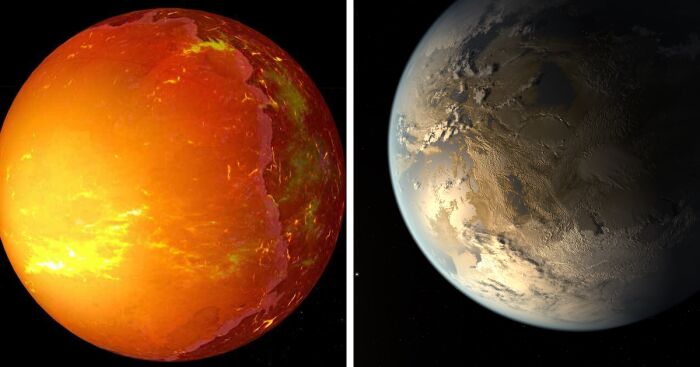
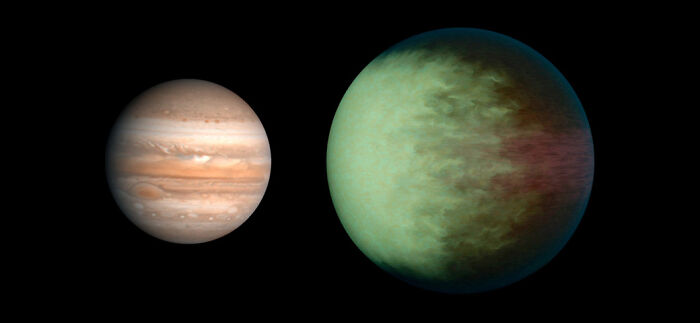
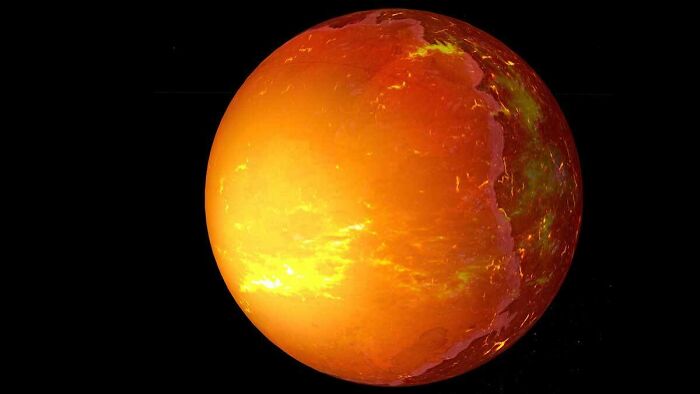
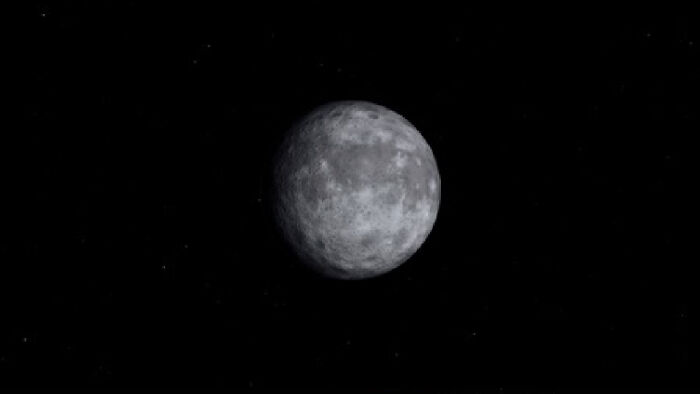
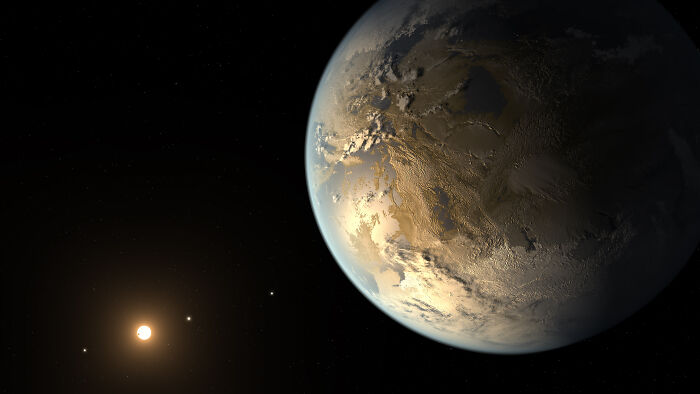
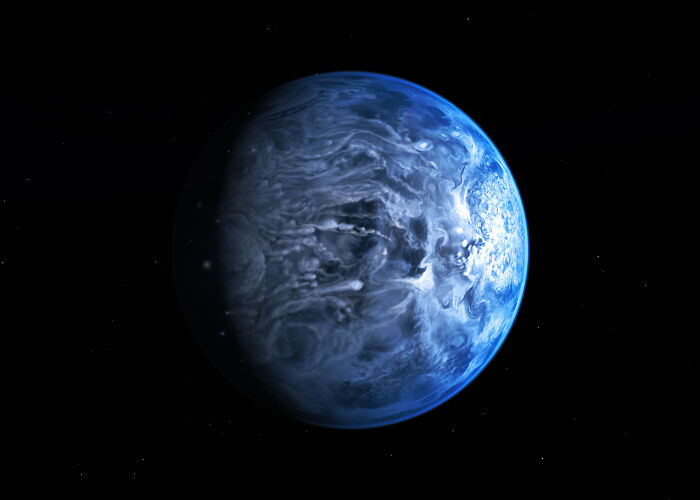
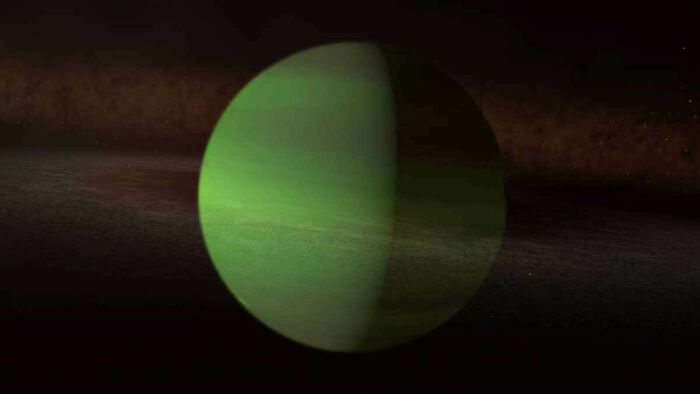
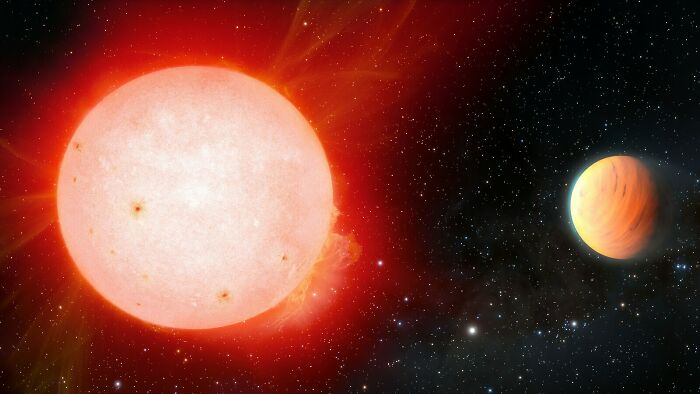
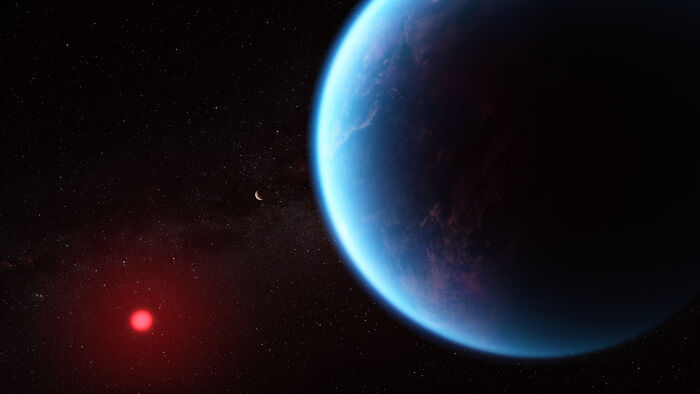
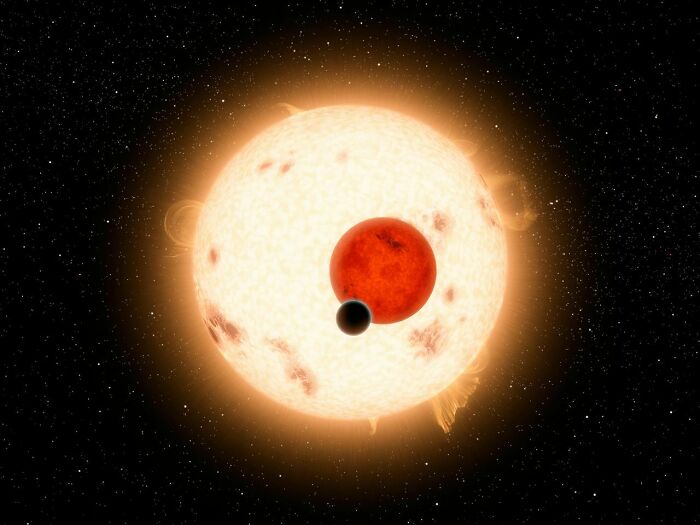
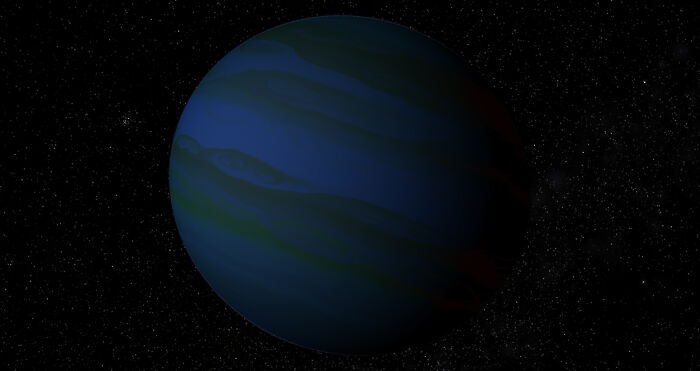
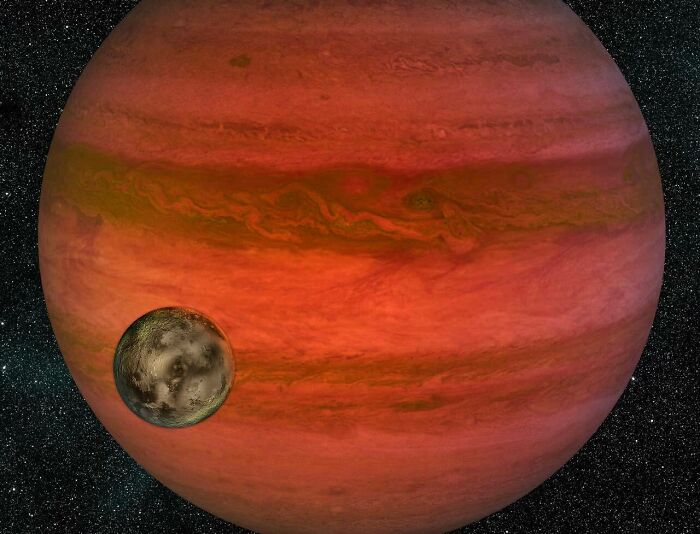
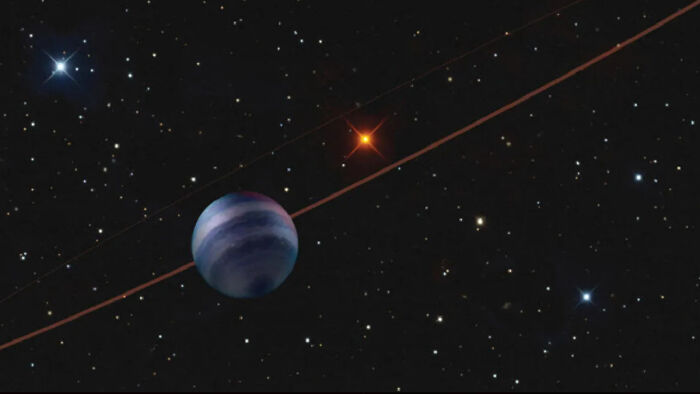
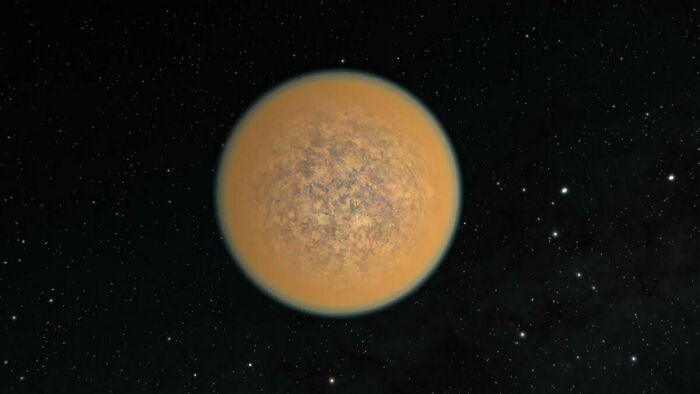
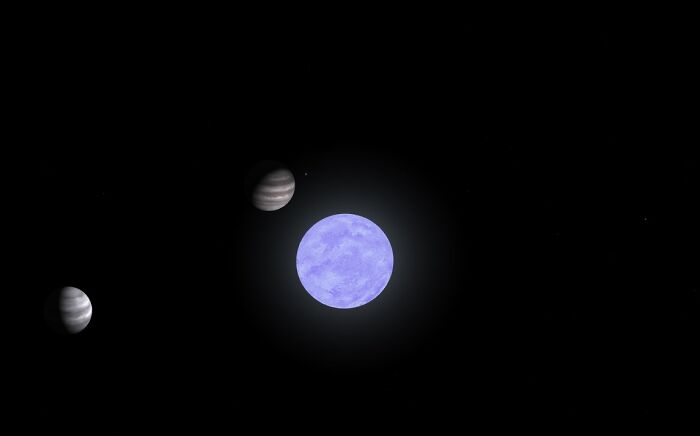
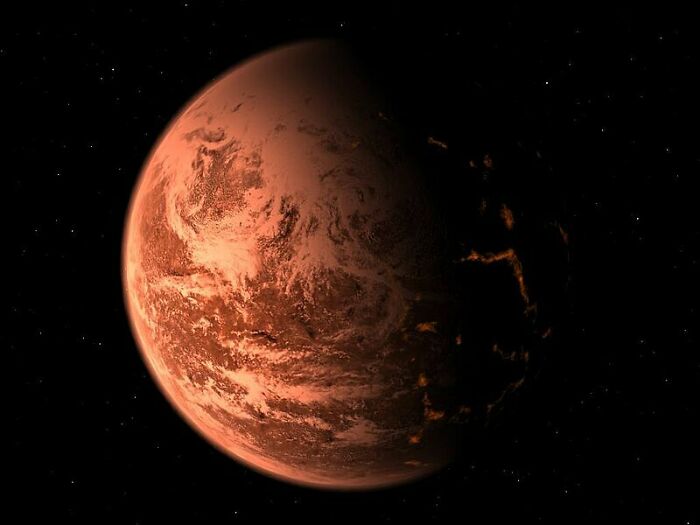
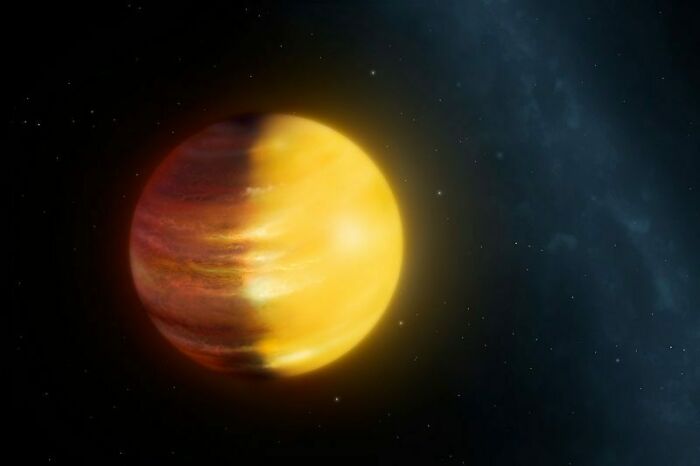
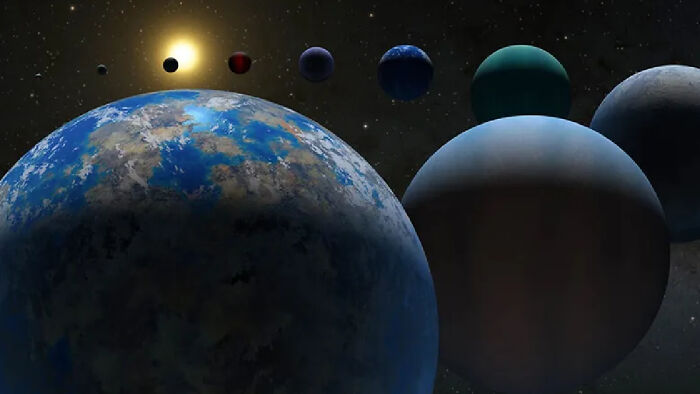












































16
1